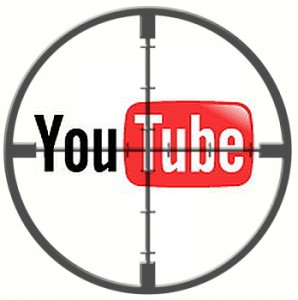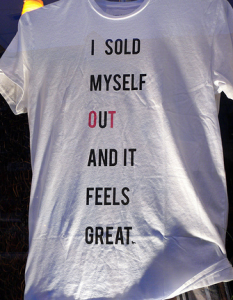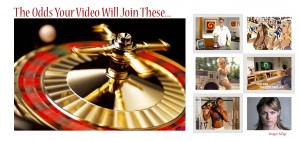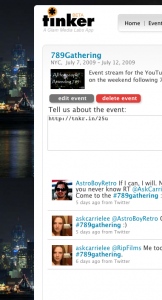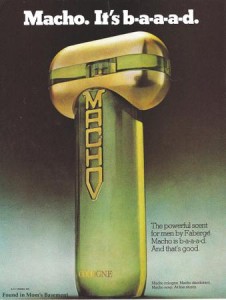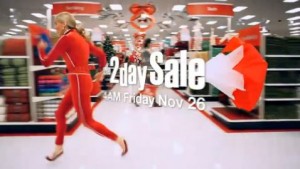
Target’s Black Friday campaign staring Maria Bamford spawned loads of “word of mouth,” and captured AdAge’s attention by ranking #2 on the AdAge Viral Chart with more than 1.5 million views in a week. Sure that’s still far below my definition of “viral video” (I’m thinking the new definition is 4 million views in a few days). But the campaign, by Portland, Oregon agency Wieden & Kennedy, clearly has become more than a 2010 footnote. Here’s Target Lady’s highlight reel, which culminates in the fantastic shot of her running through target wearing a parachute to slow her down.
Naturally Steve Hall (AdRants) hate’s it, but TV Critic Roger Catlin gave it a “an hail Target ad lady Maria” review. AgencySpy was most impressed with the Rocky IV tune. But the real surprise, to me, was when my wife said: “wait- look at this…everyone’s raving about it on Facebook.” According to ClickZ, some sponsored ads fueled that Facebook fire.
Click here to see YouTube’s Target collection, ranked by most-viewed.
Some of these spots are good enough to stop you from fast forwarding TiVo. Maria Bamford has a wonderfully crazy and self-deprecating style that makes even ME feel sane. She’s not new to Target — check out her subtle “Target” reference in this video from years ago (below). She’s funny in standup (effinfunny.com), but translates even better to web video and was a perfect fit for this wonderfully insane Target campaign.
I hope to see her back, since I think she’ll appeal to Target’s target customer. We’ll still need our “cool” target ads, but this is distinctive and fun, and a refreshing departure from me-two department store ads (wow we’ve got deals… zzzzz). I could honestly see the Target Lady pulling a mini Old Spice video-reply campaign with personalized videos… the mad rush for holidays is far from over, but there’s not likely time for a new campaign. Hey Wieden & Kennedy- if she’s answering questions I’d like to know how many cups of coffee she drinks a day and how many hours of sleep she gets. I’d also savour, like fine wine, some behind-the-scenes outtakes from the commercial shoot.
If you like Target Lady, write WK agency (contact information) or be sure to write Maria’s mom. Mothers need affirmation sometimes, and maybe she’ll let Maria out of the attic to reward her. Or heck, pick up a piece of no-soap made by her dad.

